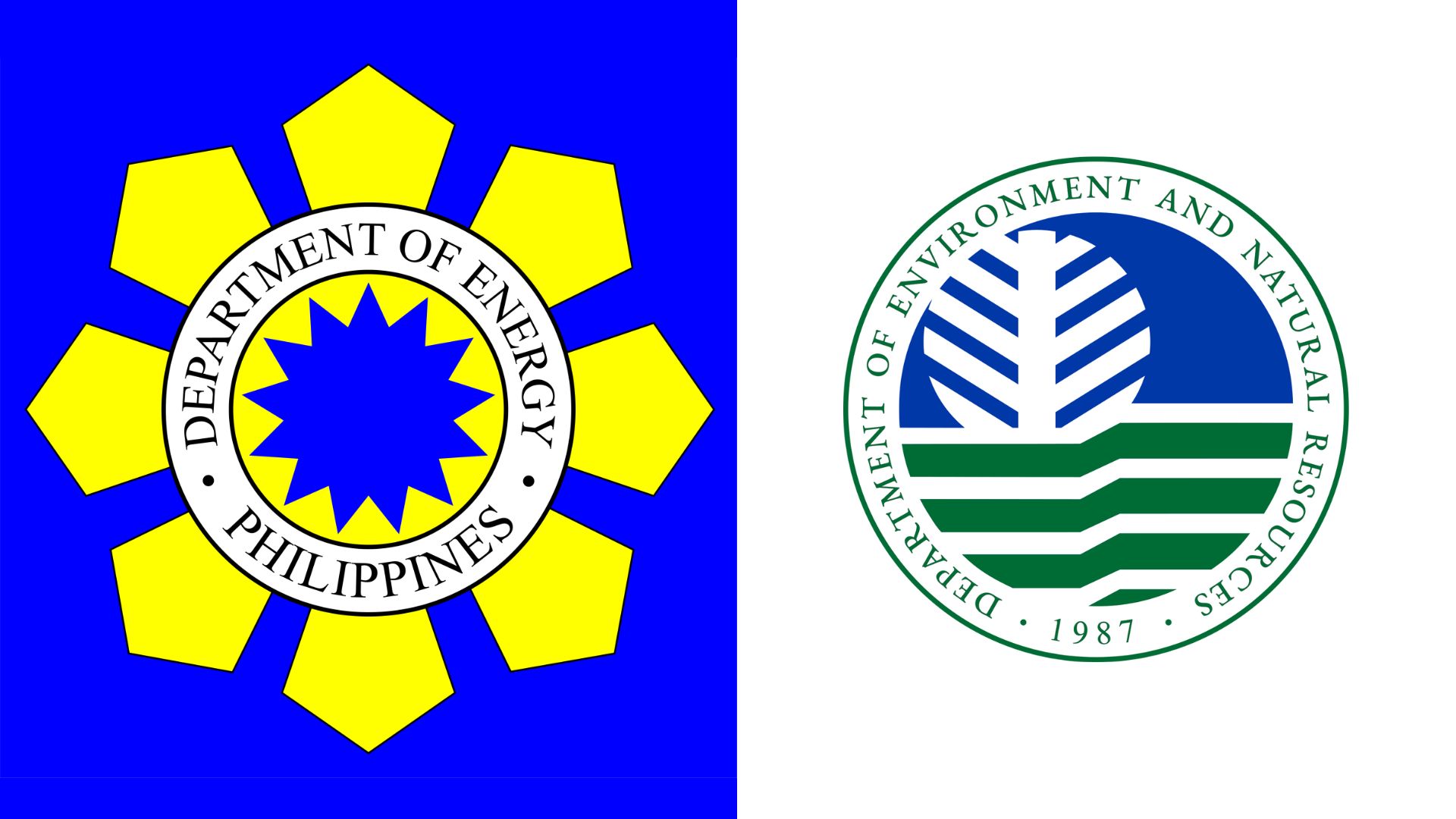DOE, DENR sign agreement to fast-track offshore wind projects
- October 7, 2024
- 0

The Department of Energy (DOE) has signed a Memorandum of Agreement (MOA) with the Department of Environment and Natural Resources (DENR) to facilitate the use of offshore areas covered by offshore wind energy service contracts, including auxiliary zones, for the exploration, utilization, and development of offshore wind projects.
The agreement grants access to offshore and auxiliary areas during the pre-development, exploration, development, and commercial phases, in compliance with DENR requirements. Within 30 days of signing the MOA, the DOE will provide the DENR with a list of identified offshore wind projects, which will be updated regularly in collaboration with DENR to reflect new developments and service contracts.
If a proposed project area falls within an environmentally critical zone or is subject to prior vested rights, the DENR may impose additional conditions or deny access to the area.
This agreement streamlines the process for developing offshore wind projects by eliminating the need for separate agreements, such as foreshore lease agreements and forest land use agreements, which were previously required for renewable energy projects. With this MOA, offshore wind energy service contracts now have sufficient authority to advance these projects.
Energy Secretary Raphael P.M. Lotilla hailed the MOA as a key step toward achieving the administration’s goal of delivering the first kilowatt-hours from offshore wind projects by 2028. “By streamlining the process for accessing critical areas, we are paving the way for a rapid and responsible rollout of offshore wind projects, w
The agreement is expected to attract investments and accelerate the development of offshore wi